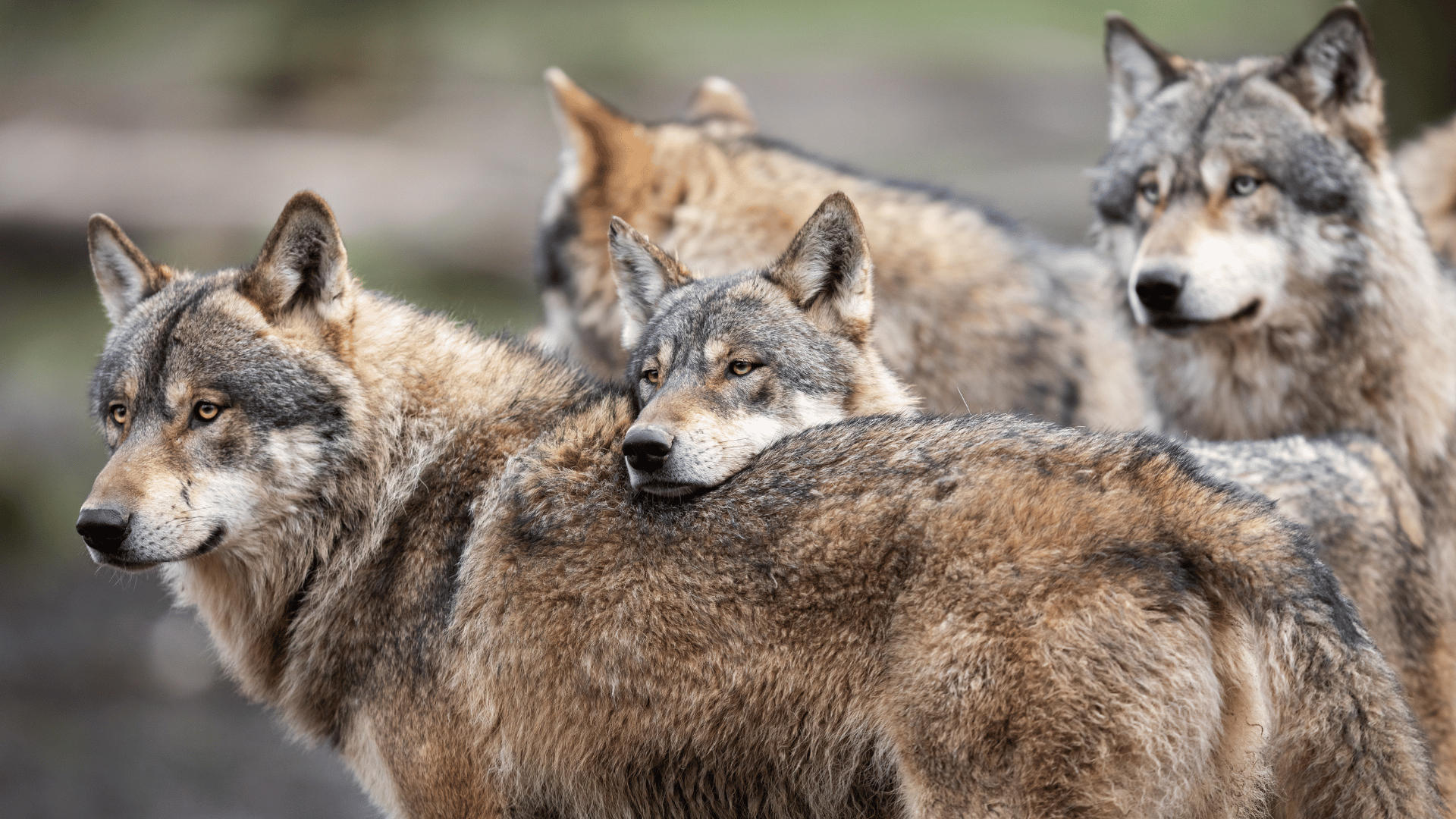The Colossal Foundation, the same company working to bring back extinct species like the Dire Wolf, is working alongside Yellowstone Forever, the Yellowstone Wolf Project, and Grizzly Systems to create new tech that uses bioacoustics and artificial intelligence (AI) to decode wolf communication.
Could We Decode Wolf Language?

Researchers are hoping that the new technology could allow humans to monitor keystone species without negatively impacting the population. They hope to test the new technology in Yellowstone, where grey wolves were exterminated in the 1920s because they were viewed as a threat to livestock.
“The reintroduction of wolves to Yellowstone National Park in 1995 showed the significant impact that an apex predator has on its ecosystem,” Colossal’s Chief Animal Officer Matt James told IFLScience. “When wolves returned, they played a key role in controlling prey populations, including elk, which then led to a reduction in grazing pressures on the plant life and allowed for the establishment of willows along the riverbanks, literally changing the course of rivers in the Yellowstone ecosystem.”
According to IFL Science, the new approach will use cutting-edge acoustic sensing, machine learning, and continuous ecological data collection across wolf territories. This could allow researchers to get a more detailed sense of their social lives and dispel misunderstandings about these animals.
“By classifying howls, we are working towards the ability to identify individual packs, or even individual wolves, which would give us the ability to track wolves across space and time passively rather than using tracking collars, as we do today,” said James. “That becomes a powerful tool as it allows us to understand the movement and habitat usage of wolves in a more effective and cost-efficient manner while also gathering magnitudes more data than what we currently are able to collect.”
“The howl data also allows us to begin to understand which calls are associated with which behaviors in a way that can begin to give us a peek into the language of wolves. This becomes an extremely powerful conservation tool as we can begin to show that wolves are not mindless hunters but are emotionally complex, thoughtful, and even empathetic. Anthropomorphizing wolves in this manner can help remove the stigma that wolves have carried with humans for generations, which has led to their persecution.”







